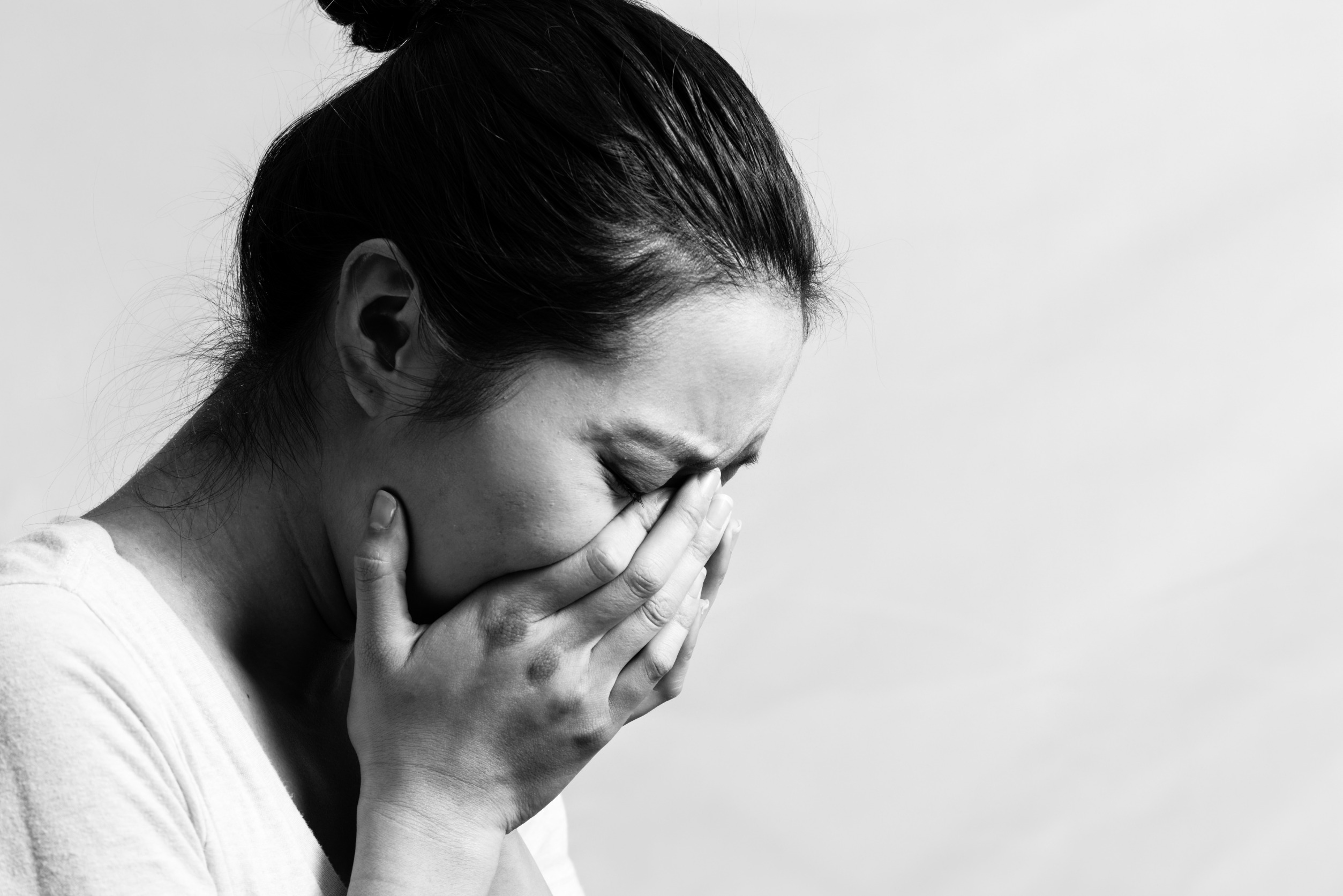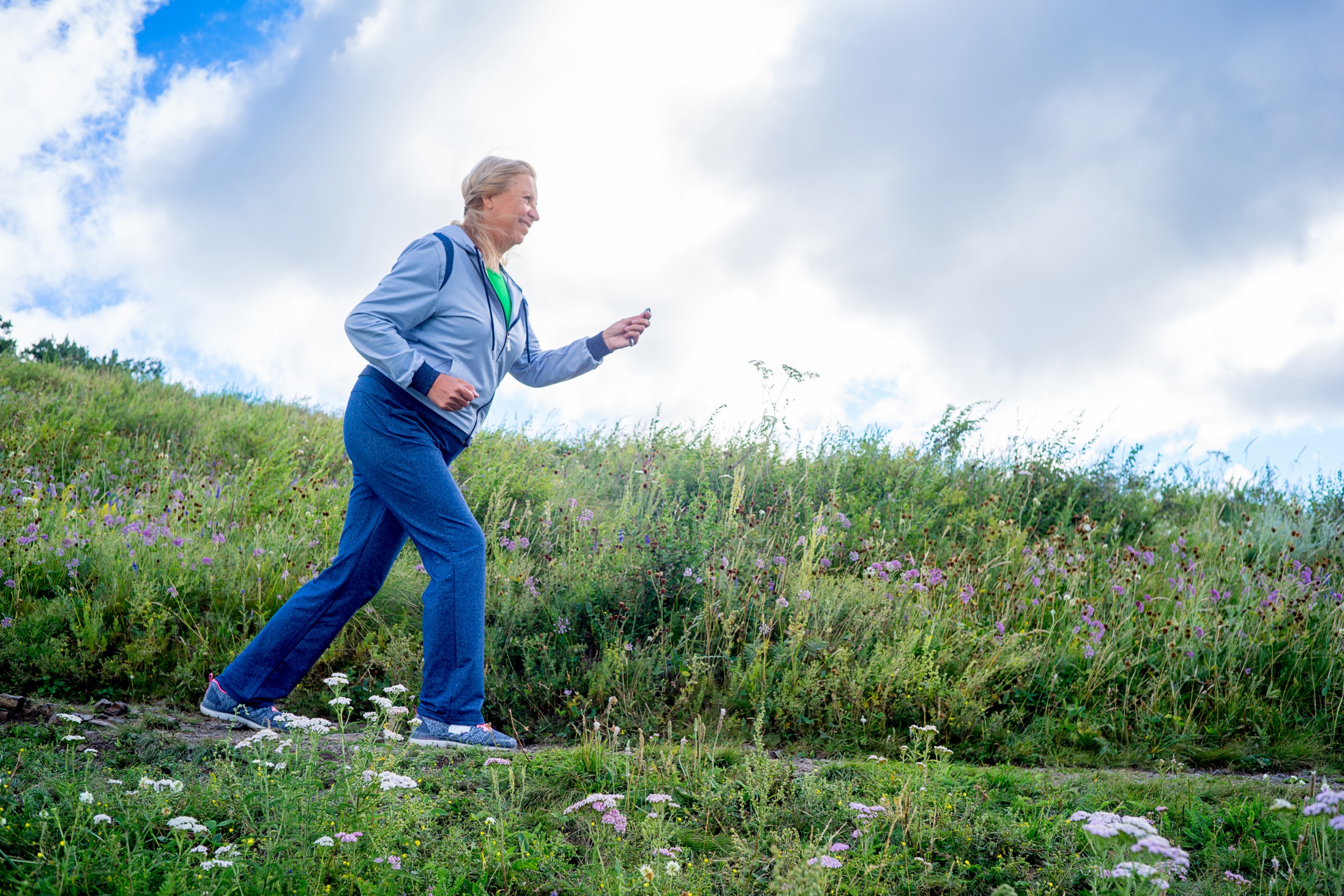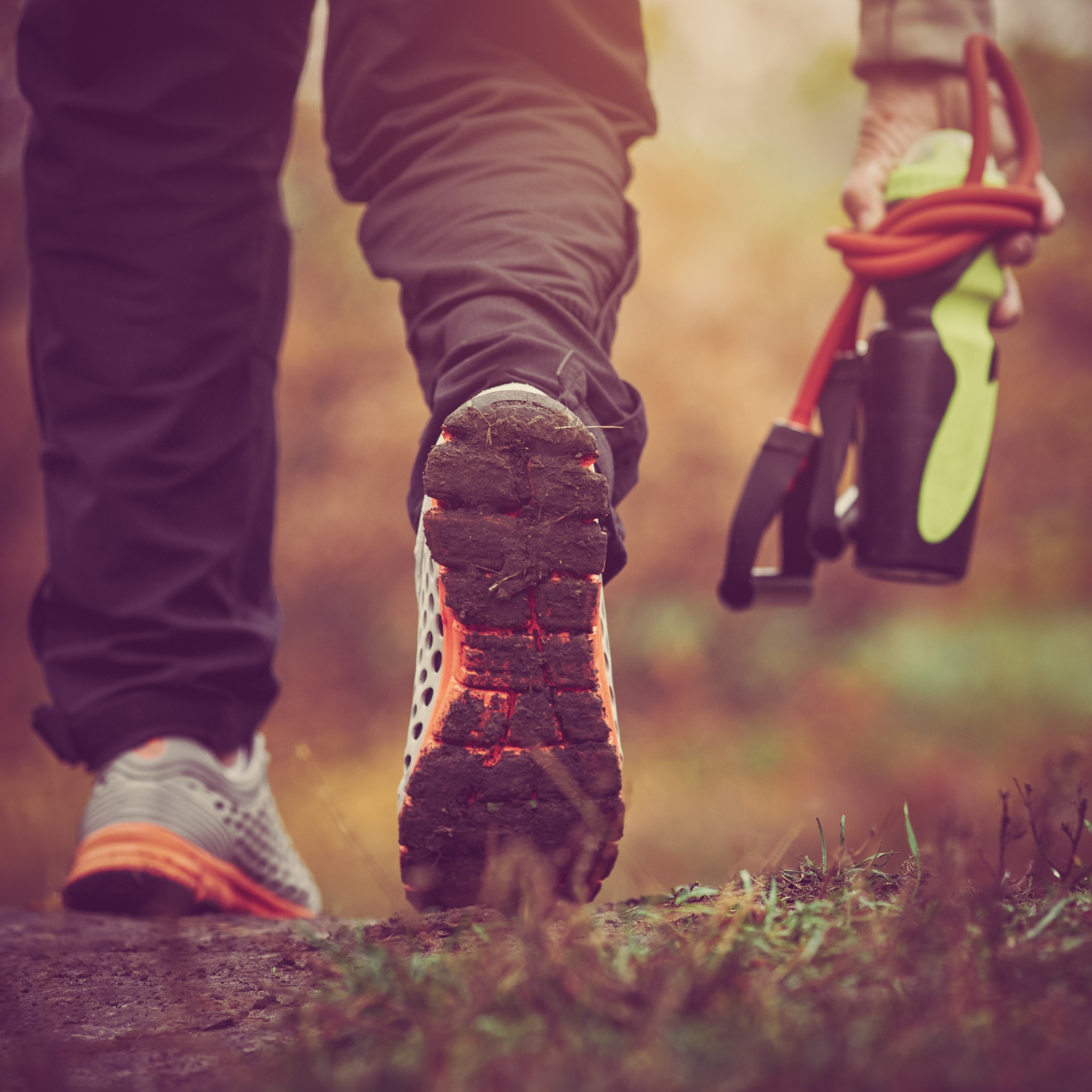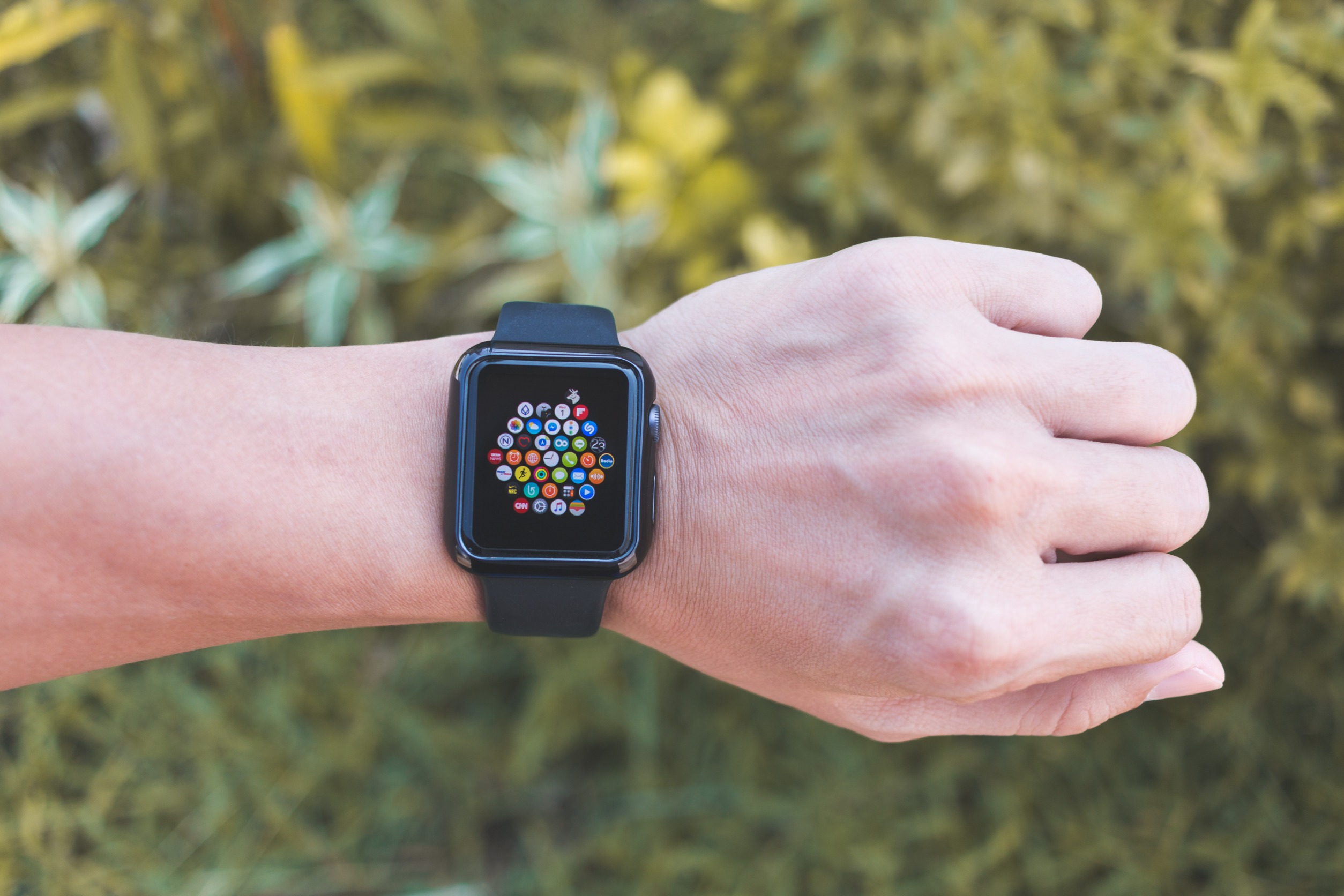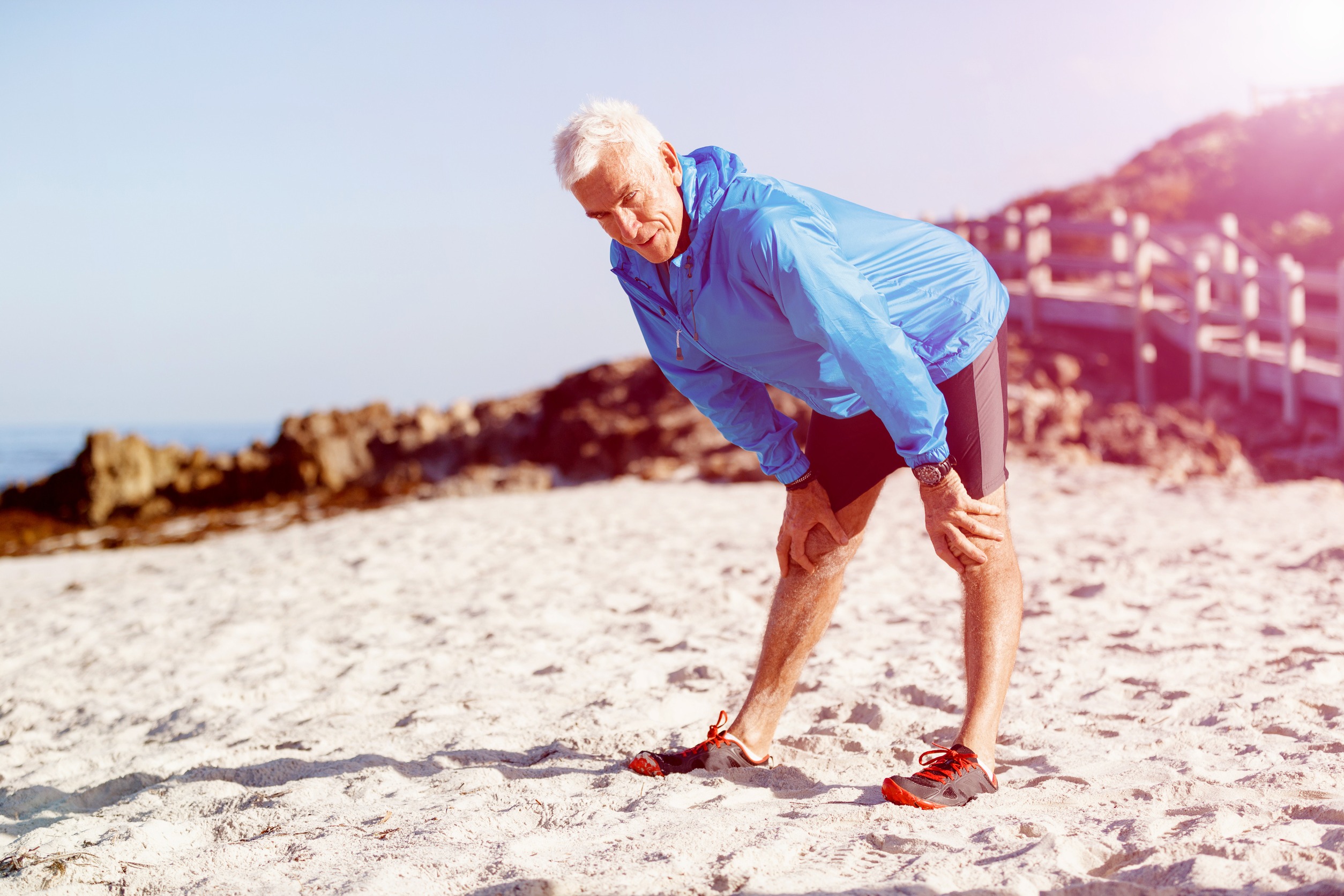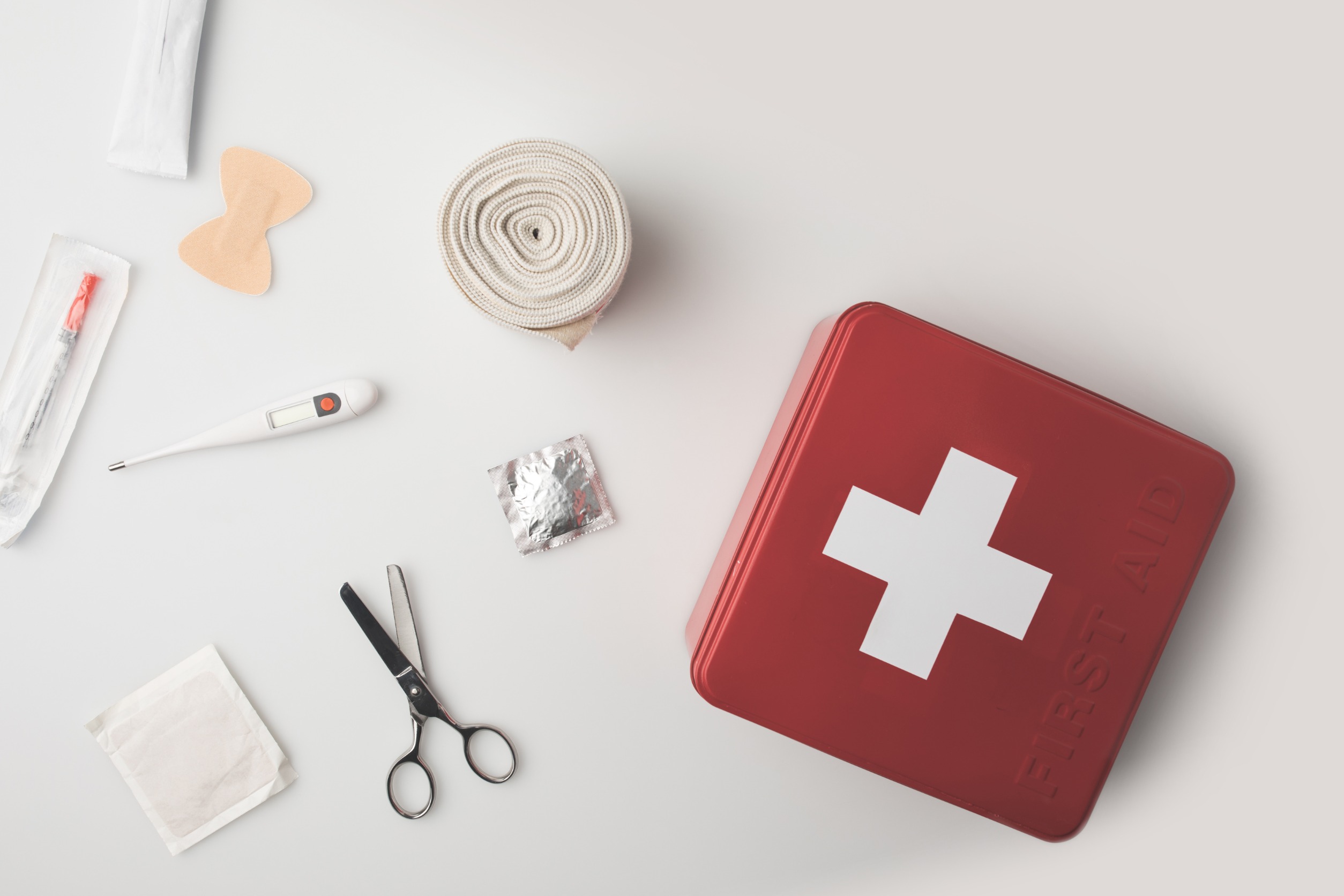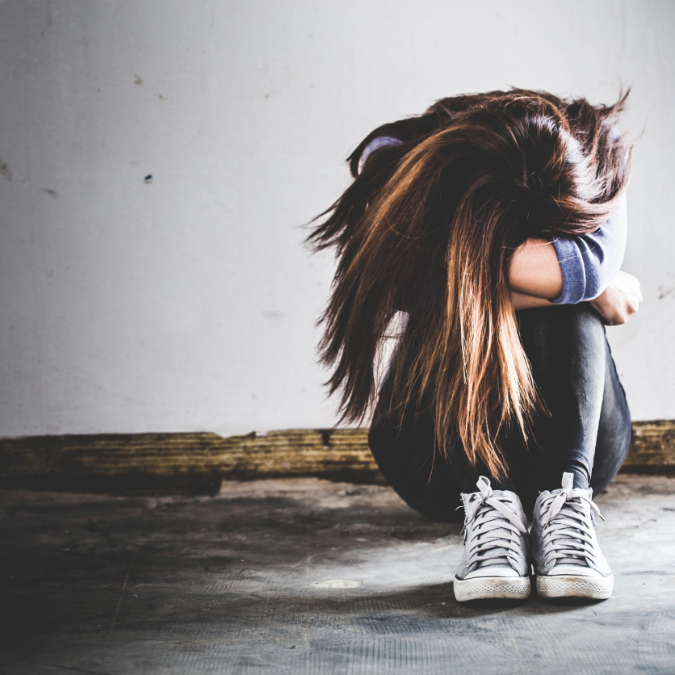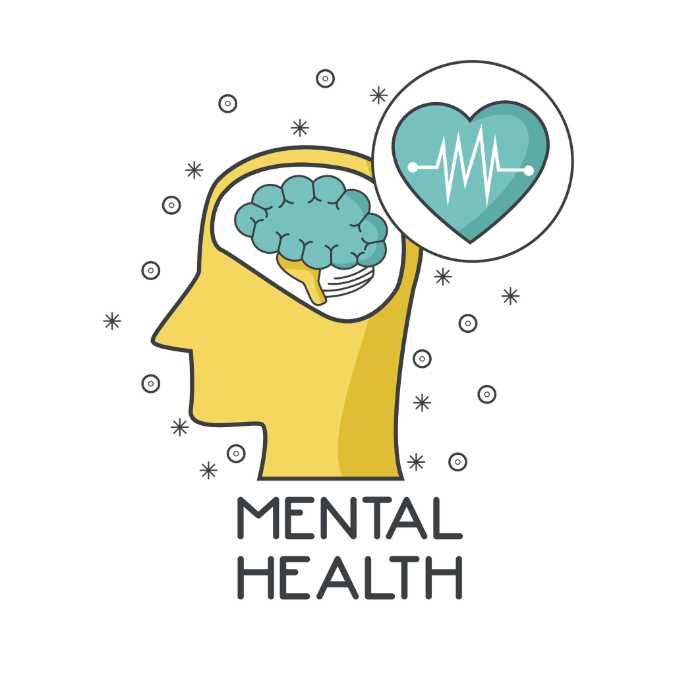Chipping a tooth can be a startling experience, leaving you with concerns about your dental health, appearance, and potential costs. While it might seem like a minor issue, addressing a chipped tooth promptly is crucial to prevent further damage and avoid long-term dental issues. Knowing the immediate steps to take and how to care for your tooth can make the experience more manageable. From scheduling a dental appointment to adjusting your diet temporarily, there are several strategies that can help maintain your oral health and peace of mind. In this article, we will explore practical steps to take when faced with a chipped tooth.
Call the Doctor
It can be daunting to think about taking on new medical debt. However, upon chipping your tooth, your first action should be to contact your dentist. It’s essential to seek professional evaluation, as what might seem like a minor chip could hide deeper damage. According to the CDC, one in four adults between the ages of 20 and 64 has at least one untreated cavity, indicating the potential for underlying dental issues. When you call your dentist, describe the extent of the damage and any pain you are experiencing.
After securing a dental appointment, maintain oral hygiene to prevent infection and prepare for potential treatments. Gentle brushing and rinsing with salt water can help keep the area clean without causing additional injury. Your dentist may also advise on temporary protective measures, like dental wax, to shield the chip. Proper care can prevent complications and ensure smoother dental intervention when the time comes. Taking these preventative steps emphasizes the importance of proactive care in dental emergencies, lessening your likelihood of going into debt over your teeth!
Eat Soft Foods
Modifying your diet is a crucial step while waiting for your dentist appointment. Sticking to soft foods can prevent further damage to the chipped tooth and ease discomfort. Avoid hard, sticky, or crunchy foods that could apply pressure to the tooth, worsening its condition. Instead, opt for options like smoothies, mashed potatoes, yogurt, and soup, which are easier to chew and pose less risk. Surprisingly, the rise of soft food options like sushi, which became popular in the U.S. over 50 years ago starting with the first sushi restaurant, offers a modern solution to kinder dietary choices.
Transitioning to soft foods involves more than just avoiding hard textures; it also means understanding the impact of certain hot or cold foods on your sensitivity. Extreme temperatures may aggravate the damaged tooth, causing discomfort. Ensuring your meals are at a neutral temperature can safeguard your traumatized oral tissues. Approaching your diet with this consideration helps promote comfort and healing while awaiting professional care. These adjustments emphasize the role of thoughtful eating in managing dental challenges.
Practice Good Oral Health
Maintaining robust oral hygiene practices is vital, especially after experiencing a chipped tooth. Cleaning your teeth effectively, without causing further harm to the affected area, requires gentle techniques. Follow your dentist’s recommendations for brushing and flossing to protect against bacteria and infection while promoting healing. Neglecting these practices could exacerbate dental issues, leading to prolonged discomfort and potentially more costly interventions, including debt.
Using fluoride toothpaste provides additional protection by strengthening tooth enamel, especially around vulnerable, exposed areas. While more than one-third of Americans reportedly avoid drinking tap water, which is often fluoridated, incorporating fluoride through your dental products helps protect your teeth from decay. As you focus on oral hygiene, consider using a soft-bristle toothbrush to prevent irritation. Proper care not only supports recovery but also establishes a protective barrier, contributing to long-term dental well-being.
Experiencing a chipped tooth doesn’t have to be daunting when you know how to respond. By promptly consulting your dentist to address the issue and avoid future medical debt, adjusting your diet, and practicing thorough oral hygiene, you can protect your smile from further damage. It’s crucial to remember that investing time in dental care today can prevent costly debts related to more involved dental procedures down the line. Empowering yourself with this knowledge leads to informed decisions that safeguard your dental health.



